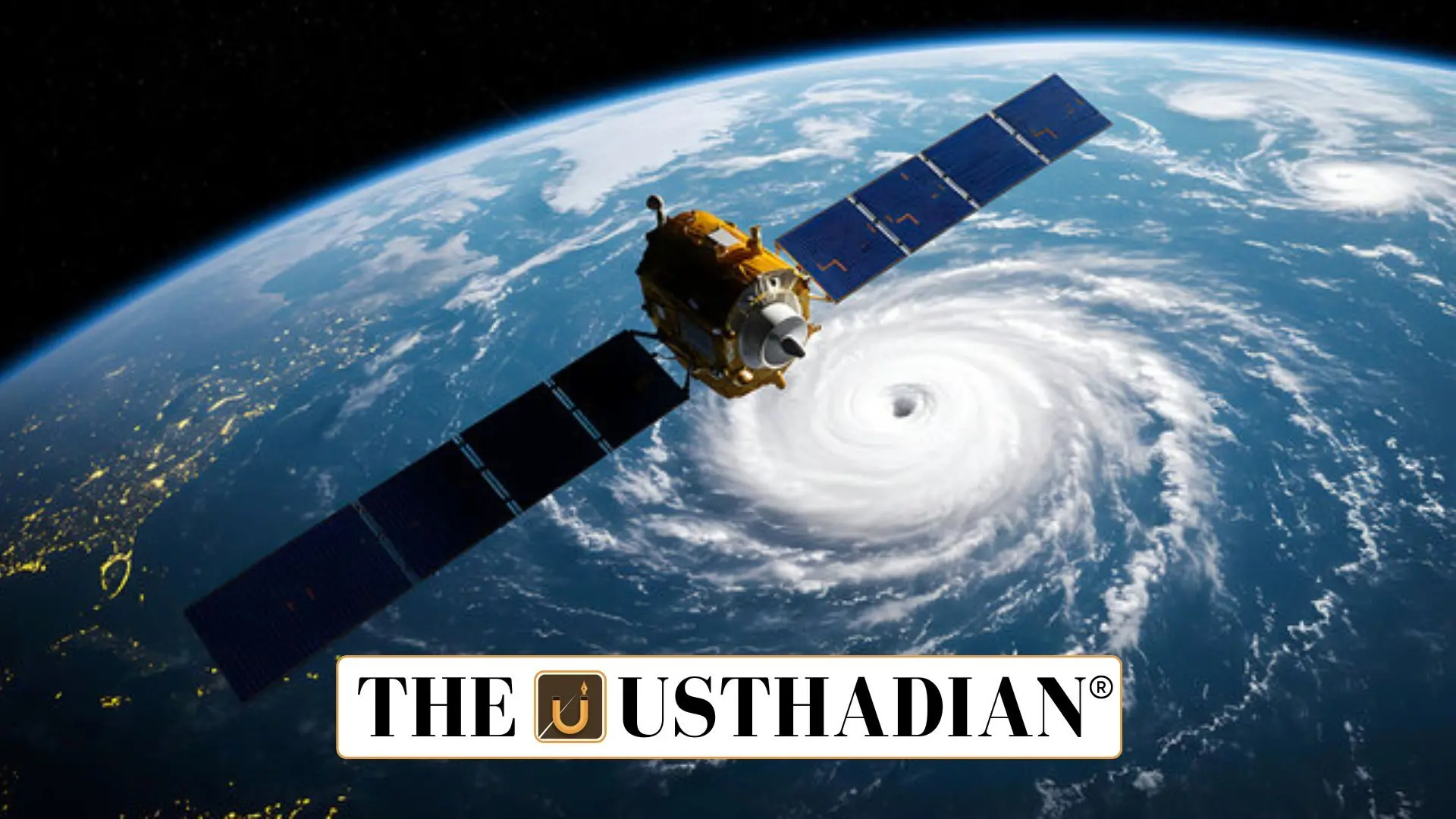India steps ahead in weather forecasting
India Unveils World’s Most Precise Weather Forecast System with BFS: India has made a bold leap in meteorology with the launch of the Bharat Forecasting System (BFS) on May 26, 2025. Developed by the Indian Institute of Tropical Meteorology (IITM), Pune, this new system marks a turning point in how we understand and respond to weather. Powered by Arka, one of India’s fastest supercomputers, BFS delivers weather predictions at a 6 km x 6 km resolution—the highest globally.
This is a significant improvement over earlier models, which had a 12 km resolution. With this kind of detail, even local-level forecasts—right down to panchayats and districts—will now be more accurate and timely.
What sets BFS apart?
The standout feature of BFS is its ultra-high resolution. Most global models, including those in the US, UK, and Europe, operate at resolutions between 9 and 14 km. By reducing the grid size to 6 km, India can now generate fine-scale forecasts that were previously out of reach.
Another key factor is speed. Thanks to Arka, which processes data at 11.77 petaflops and stores 33 petabytes, BFS completes its processing in just 4 hours, compared to the 10 hours taken by its predecessor, Pratyush.
Nowcasting for immediate alerts
One of the exciting features of BFS is its nowcasting ability—short-term forecasts for the next two hours. This is extremely valuable during events like cyclones, thunderstorms, or sudden weather shifts. BFS uses data from 40 Doppler Weather Radars, and plans are underway to expand the network to 100 radars, making it even more powerful.
Coverage and reach
The system is designed especially for tropical zones between 30°N and 30°S latitudes, which includes all of India. The mainland of India lies between 8.4°N and 37.6°N, making BFS perfectly suited to our geography. Its effectiveness in capturing fine details will improve weather services for urban planning, farming advisories, and public safety.
Why this matters?
With India’s vast dependence on agriculture and its vulnerability to natural disasters, timely weather forecasts can save both crops and lives. BFS can assist in water resource planning, offer better insights for disaster preparedness, and help urban areas manage flooding or extreme heat.
Support and collaboration
The development of BFS was backed by the Ministry of Earth Sciences, with leading scientists like Parthasarathy Mukhopadhyay contributing to its progress. It’s also a proud example of self-reliance, as India now leads the world in weather prediction resolution.
Static Usthadian Current Affairs Table
| Summary point | Details |
| System launched | Bharat Forecasting System (BFS) |
| Date of launch | May 26, 2025 |
| Developed by | IITM Pune |
| Supercomputer used | Arka (11.77 petaflops, 33 petabytes) |
| Resolution | 6 km x 6 km |
| Previous model | 12 km resolution (Pratyush) |
| Nowcasting capability | 2-hour short-range forecasts using Doppler data |
| Radar network | 40 radars (to be expanded to 100) |
| Minister involved | Dr. Jitendra Singh |
| Application areas | Agriculture, disaster risk, public safety, planning |
| India’s geographical latitude | 8.4°N to 37.6°N |
| Global comparison | BFS (6 km) vs US/UK/EU models (9–14 km) |








